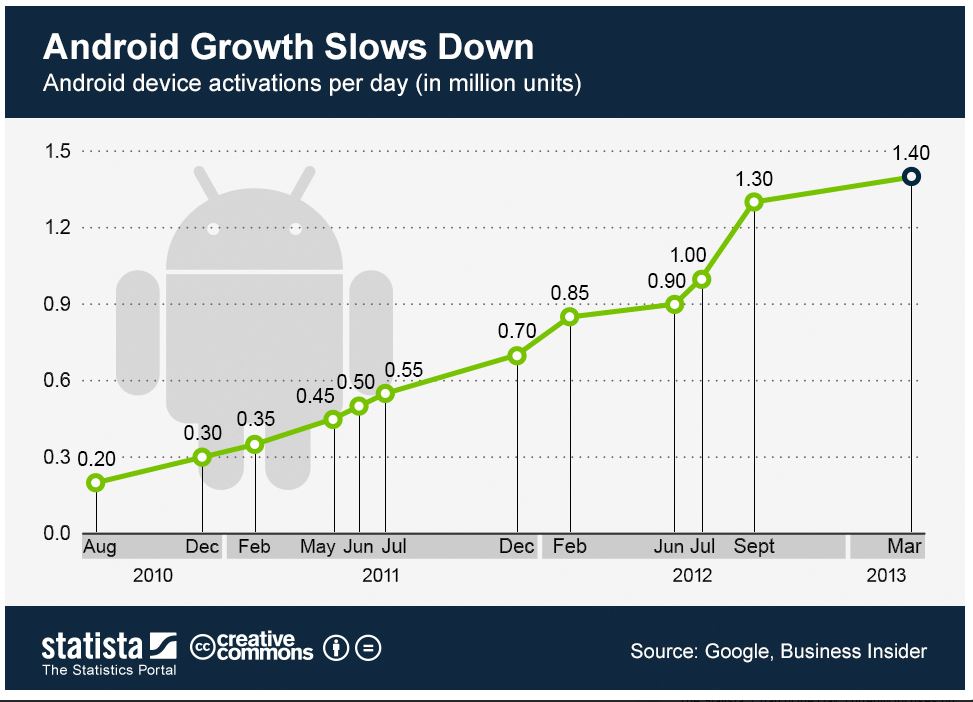By: Kevin Flanagan, Head of Fixed Income Strategy
Unsurprisingly, the Fed did what was widely expected yet again and kept the Fed Funds target unchanged at the March FOMC meeting. As a result, the trading range remains at 5.25%–5.50%, still residing at a more than 20-year-high watermark. For those keeping track, this represented the fifth consecutive FOMC meeting where the policy maker decided to take no action on the rate front. While Powell & Co. all seem to be on the same page that a rate cut will more than likely occur sometime later this year, the next point to consider would then be when will this potential easing move occur and, more importantly, what will the rate cutting episode eventually look like.
As I’ve mentioned in prior blog posts, there had been a disconnect between what the money and bond markets were expecting in terms of rate cuts and what the Fed was thinking on that front. Heading into this year, this March meeting was viewed by the markets as the timeframe for when the first in a series of about six rate cuts would begin to occur in 2024. Well, that’s a moot point now, isn’t it? The “good” news is that the U.S. Treasury (UST) arena, et al., has now come closer to the Fed’s expectations for only three rate cuts this year, at least as of this writing, with June becoming the “new March” for the initial cut.
Certainly, the labor market and inflation data has thus far provided the Fed with no urgency to consider easing monetary policy anytime sooner than June. In fact, the recent reports for employment and CPI/PPI could arguably call a June “liftoff” into question if the data continue to come in like this. As a result, the voting members apparently feel they can just sit back and be patient right now.
Looking ahead, though, did Chairman Powell at least offer any clues as to what he is thinking regarding the timing for rate cuts in his recent Semiannual Monetary Policy testimonies before Congress? Interestingly, Powell stated the Fed is “not far” from confidence to begin cutting rates and that inflation doesn’t have to get down all the way to the Fed’s 2% target to do so.
But what does that mean exactly? In my opinion, continued progress on inflation will determine whether a June rate cut remains the starting point. While the UST market is laser-focused on the CPI data, the Fed’s 2% target is based on its preferred measure of core PCE, which presently is at +2.8%. Taking Powell at his word, one has to wonder if perhaps +2.5% will be the “real” Fed inflation target. This is where things would get tricky because that could willy-nilly mean that core CPI may still be at a rather elevated +3% to +3.5%. Would the Fed really cut rates if core CPI was that high?
Also, let’s not forget quantitative tightening (QT). The Fed’s balance sheet plans are now coming into view. An imminent end to QT does not appear to be on the table just yet, but reducing the pace of its balance sheet runoff looks like it will become part of the monetary policy landscape later in 2024, as well.
The Bottom Line
What should investors look for in terms of monetary policy going forward? If history is any guide, the Fed will not just begin cutting rates without any guidance on that front. So, if the Fed is going to begin easing rates in June, that puts the onus on the May FOMC meeting to begin the process.
Originally Posted March 20th, 2024, on Wisdom Tree blog
PHOTO CREDIT: https://www.shutterstock.com/g/whyframe
Via SHUTTERSTOCK
Disclosure:
U.S. investors only: Click here to obtain a WisdomTree ETF prospectus which contains investment objectives, risks, charges, expenses, and other information; read and consider carefully before investing.
There are risks involved with investing, including possible loss of principal. Foreign investing involves currency, political and economic risk. Funds focusing on a single country, sector and/or funds that emphasize investments in smaller companies may experience greater price volatility. Investments in emerging markets, currency, fixed income and alternative investments include additional risks. Please see the prospectus for discussion of risks.
Past performance is not indicative of future results. This material contains the opinions of the author, which are subject to change, and should not to be considered or interpreted as a recommendation to participate in any particular trading strategy, or deemed to be an offer or sale of any investment product and it should not be relied on as such. There is no guarantee that any strategies discussed will work under all market conditions. This material represents an assessment of the market environment at a specific time and is not intended to be a forecast of future events or a guarantee of future results. This material should not be relied upon as research or investment advice regarding any security in particular. The user of this information assumes the entire risk of any use made of the information provided herein. Neither WisdomTree nor its affiliates, nor Foreside Fund Services, LLC, or its affiliates provide tax or legal advice. Investors seeking tax or legal advice should consult their tax or legal advisor. Unless expressly stated otherwise the opinions, interpretations or findings expressed herein do not necessarily represent the views of WisdomTree or any of its affiliates.
The MSCI information may only be used for your internal use, may not be reproduced or re-disseminated in any form and may not be used as a basis for or component of any financial instruments or products or indexes. None of the MSCI information is intended to constitute investment advice or a recommendation to make (or refrain from making) any kind of investment decision and may not be relied on as such. Historical data and analysis should not be taken as an indication or guarantee of any future performance analysis, forecast or prediction. The MSCI information is provided on an “as is” basis and the user of this information assumes the entire risk of any use made of this information. MSCI, each of its affiliates and each entity involved in compiling, computing or creating any MSCI information (collectively, the “MSCI Parties”) expressly disclaims all warranties. With respect to this information, in no event shall any MSCI Party have any liability for any direct, indirect, special, incidental, punitive, consequential (including loss profits) or any other damages (www.msci.com)
Jonathan Steinberg, Jeremy Schwartz, Rick Harper, Christopher Gannatti, Bradley Krom, Kevin Flanagan, Brendan Loftus, Joseph Tenaglia, Jeff Weniger, Matt Wagner, Alejandro Saltiel, Ryan Krystopowicz, Brian Manby, and Scott Welch are registered representatives of Foreside Fund Services, LLC.
WisdomTree Funds are distributed by Foreside Fund Services, LLC, in the U.S. only.
You cannot invest directly in an index.



